Why a New York Street Honors a Sikh Guru-Guru Teg Bahadur Ji Marg Way
A Historic Honor in New York
Welcome to Global Sikhi Wiki, your comprehensive resource for exploring Sikh history, culture, and global communities. Today, we will discuss why USA has named a street in the name of “Guru Teg Bahadur Ji Marg way”
In October 2025, a section of road in Richmond Hill, Queens, New York City, was officially co-named “Guru Teg Bahadur Ji Marg Way.” The co-naming ceremony, approved by the New York City Council, marked the first time an American street has been dedicated to the ninth Sikh Guru. The motion, sponsored by Council Member Lynn Schulman, was enthusiastically supported by the local Sikh community and civic representatives. southasianherald.com
Richmond Hill, often called Little Punjab, is home to one of the largest Sikh populations in the United States and hosts the historic Gurdwara Makhan Shah Lubana — making the location deeply symbolic for the community. news18.com

Who Was Guru Teg Bahadur Ji?
Guru Teg Bahadur (1621 – 1675) was the ninth of the ten Sikh Gurus and one of India’s greatest champions of freedom of conscience. Known as the Hind ki Chadar — “Shield of India” — he stood against Mughal Emperor Aurangzeb’s campaign of forced religious conversions. Guru Teg Bahadur was martyred in Delhi for defending the right of others — particularly Kashmiri Pandits — to practice their faith freely. His supreme sacrifice embodies the principles of spiritual courage, human rights, and pluralism that remain globally relevant today. theprint.in
How Street Naming Works in the U.S.
Contrary to the belief that “U.S. roads are not named after individuals,” American cities frequently co-name or honorarily name streets after people who have contributed to local or global causes. The original numerical or functional name remains the same (for postal and mapping purposes), while the honorary title appears on signage — often as “Way,” “Boulevard,” or “Place.”
The New York City Council’s Street Co-Naming Program allows such honors after thorough review by local Community Boards. Criteria include:
- The honoree’s significant moral or civic contribution,
- Cultural or historical connection to the neighborhood,
- Support from residents and local organizations.
Hence, Guru Teg Bahadur Ji Marg Way does not violate any U.S. policy — it follows standard local civic protocol. reddit.com
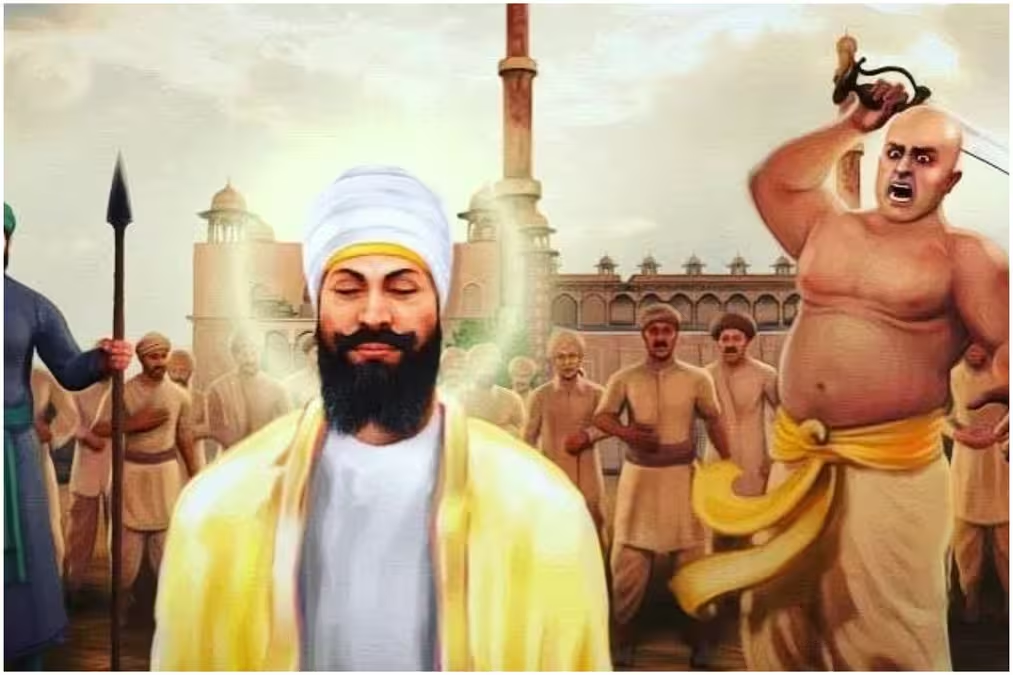
Why a New York Street Honors a Sikh Guru







The Heartbreaking Journey of Harjit Kaur



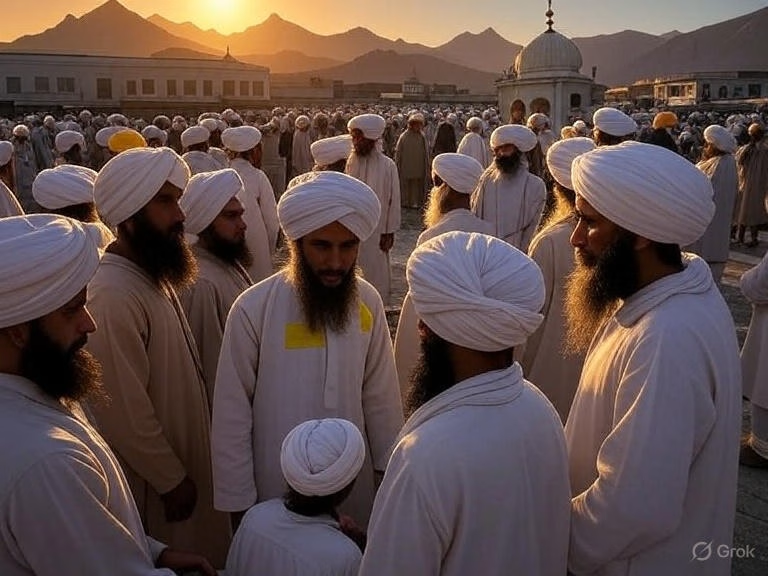
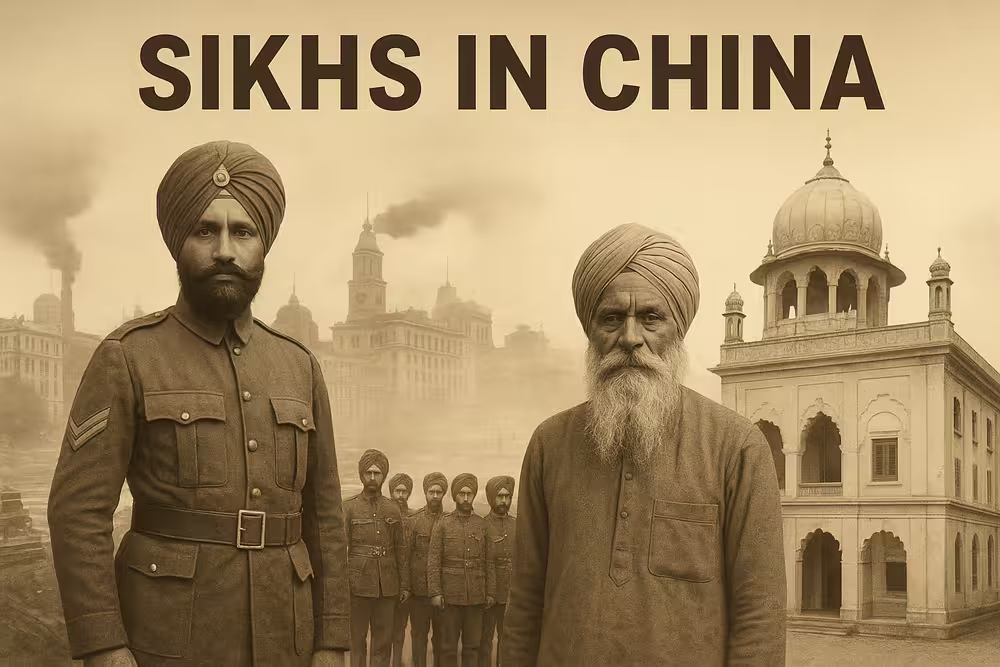

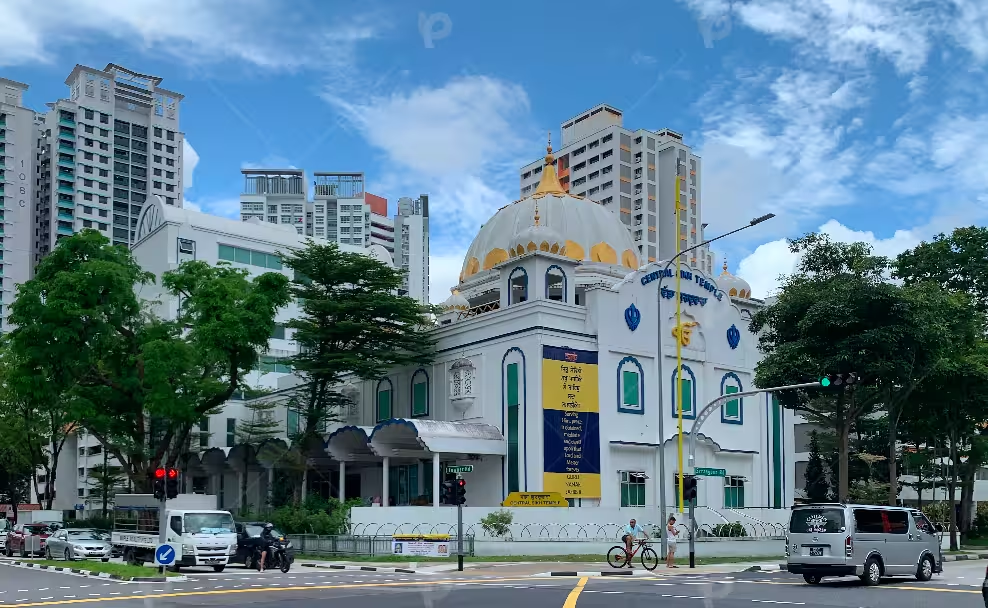
Sikh Gurdwaras in Singapore
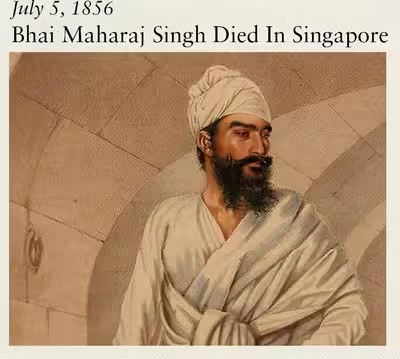

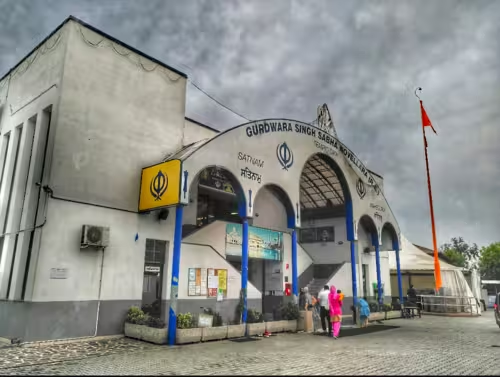

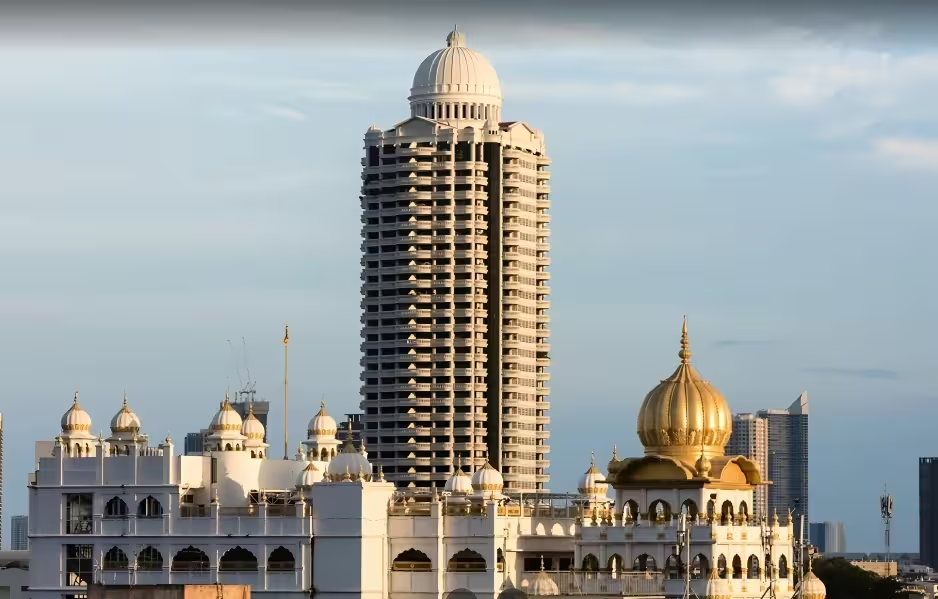
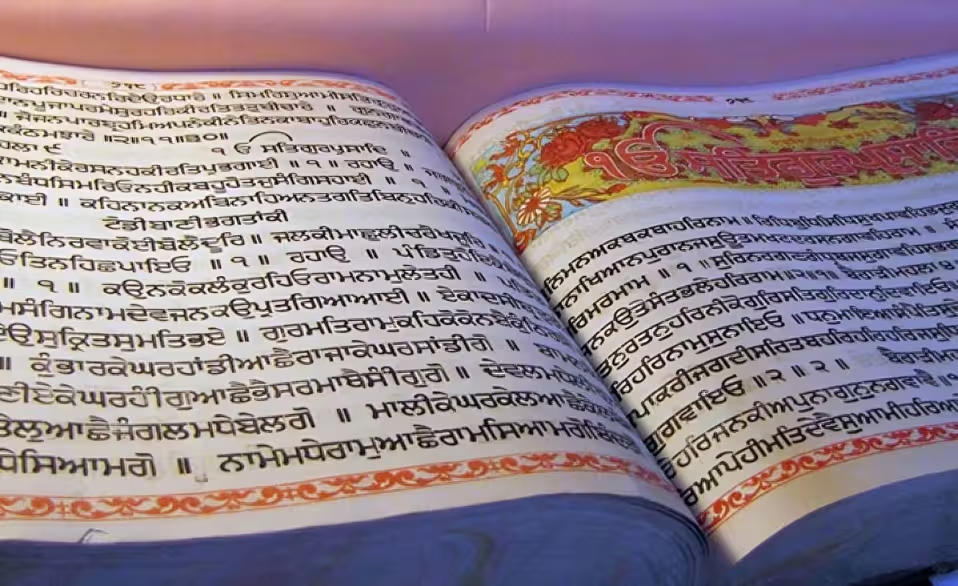


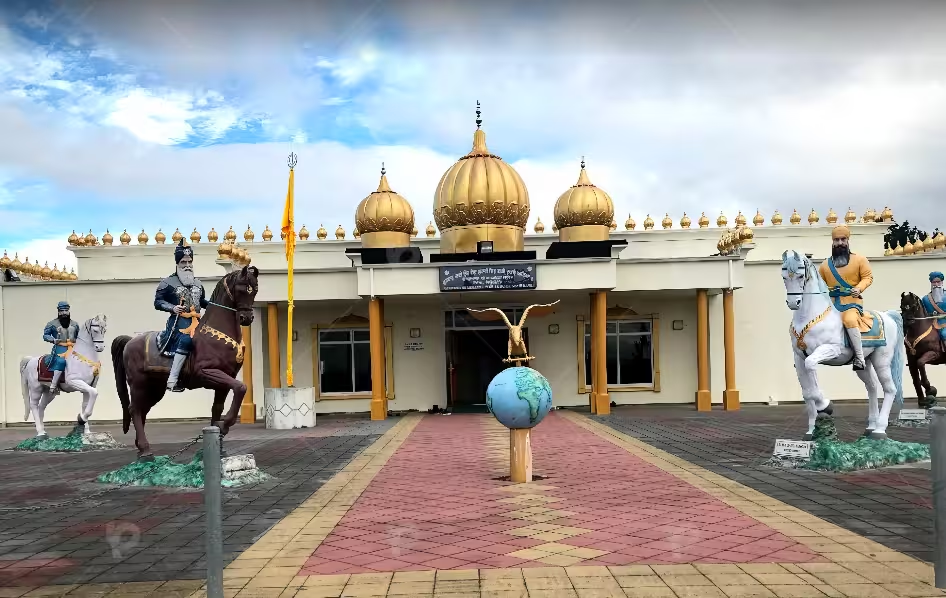
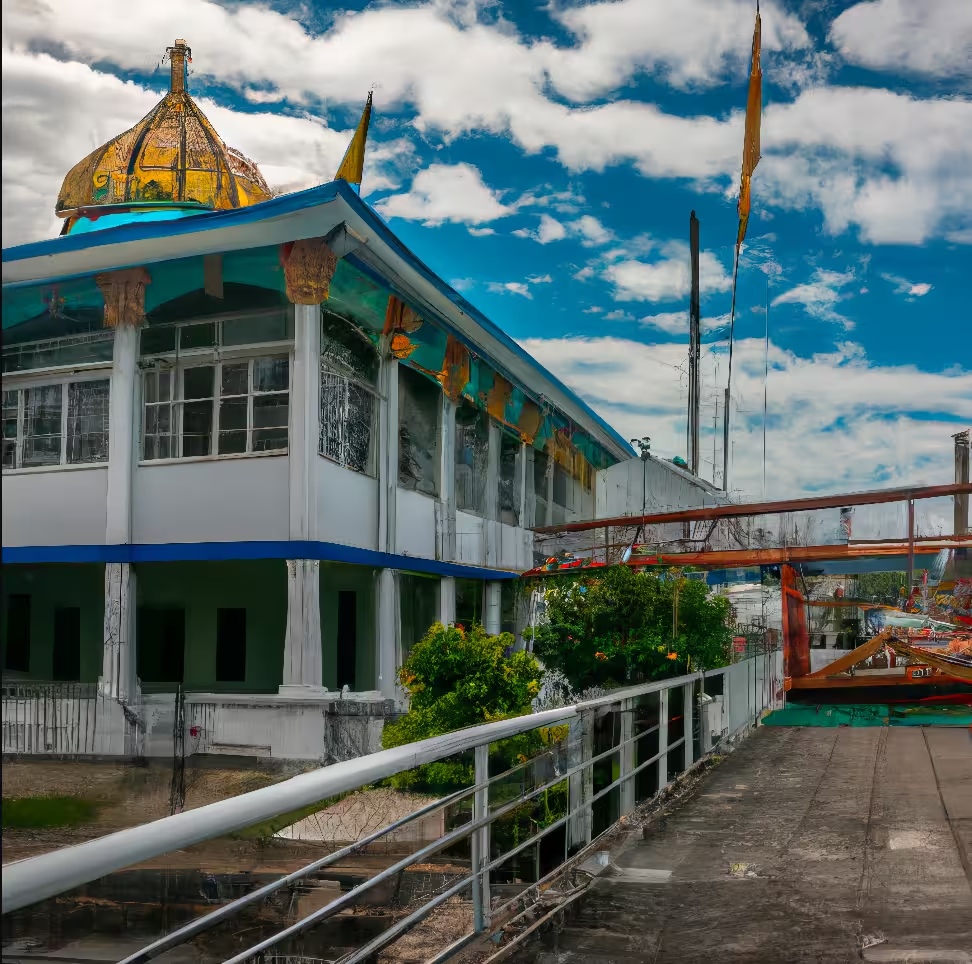

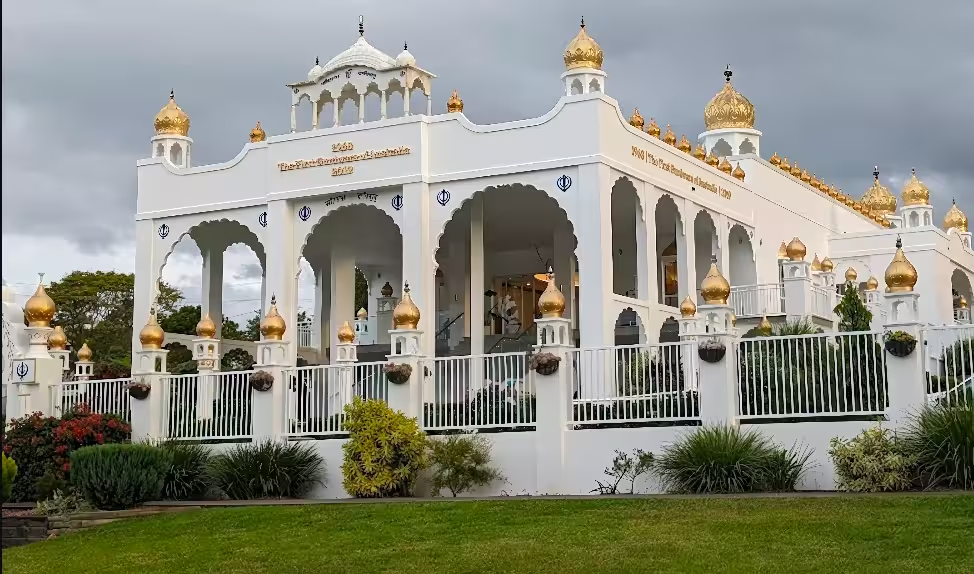

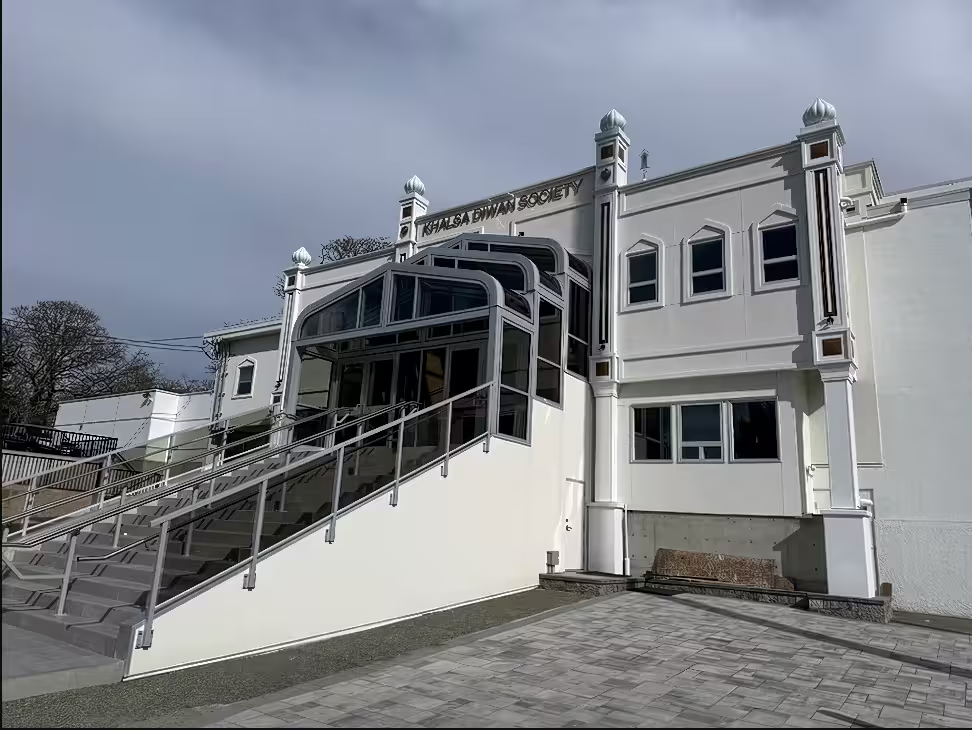

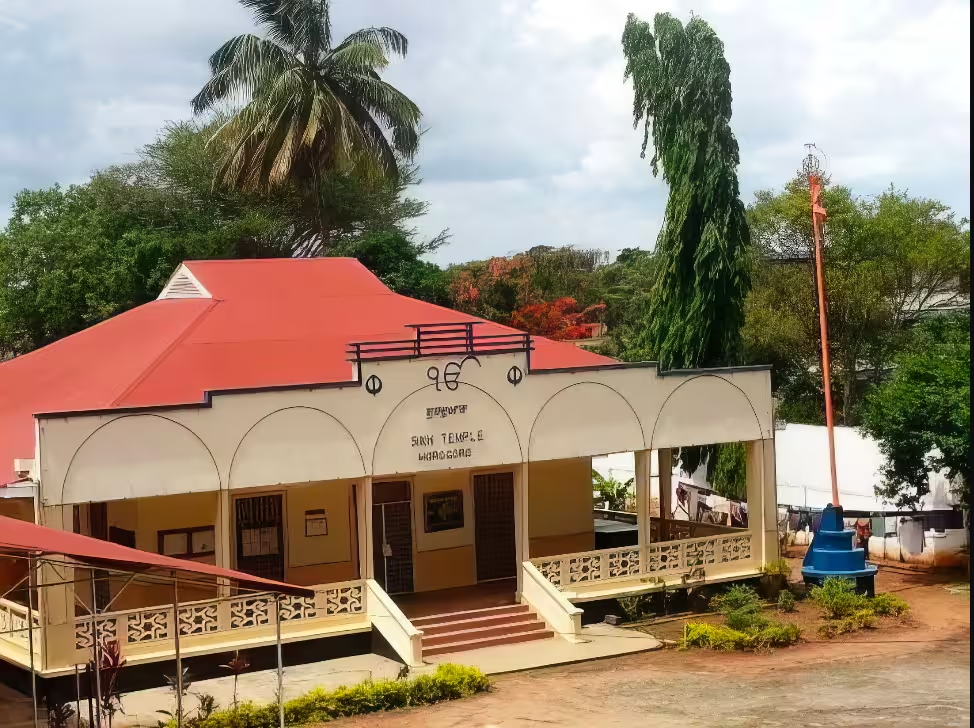
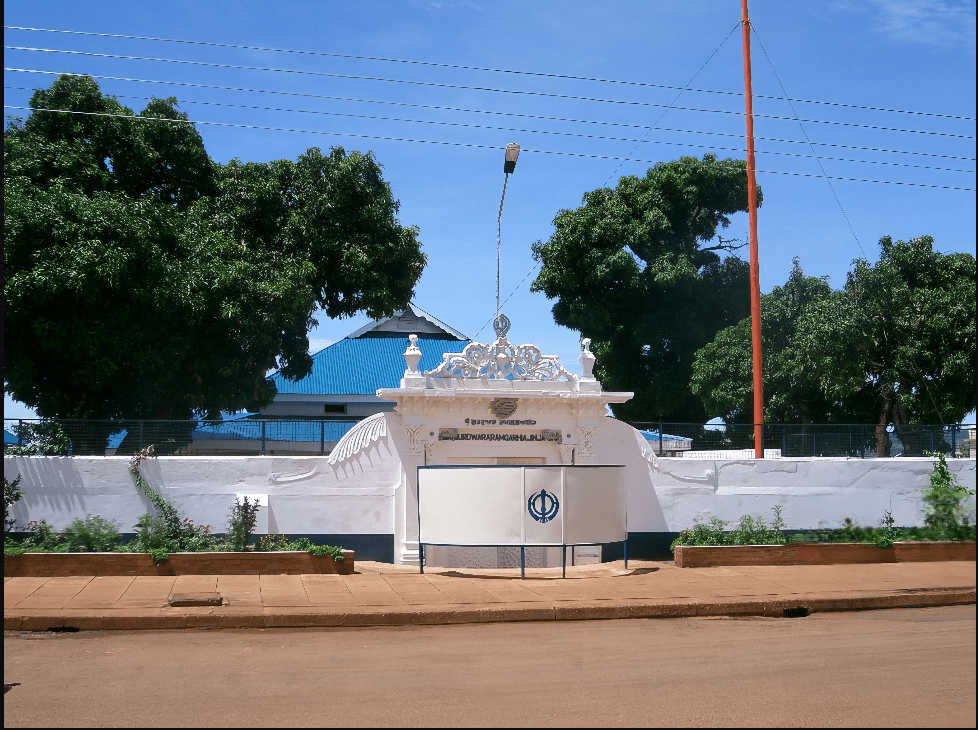
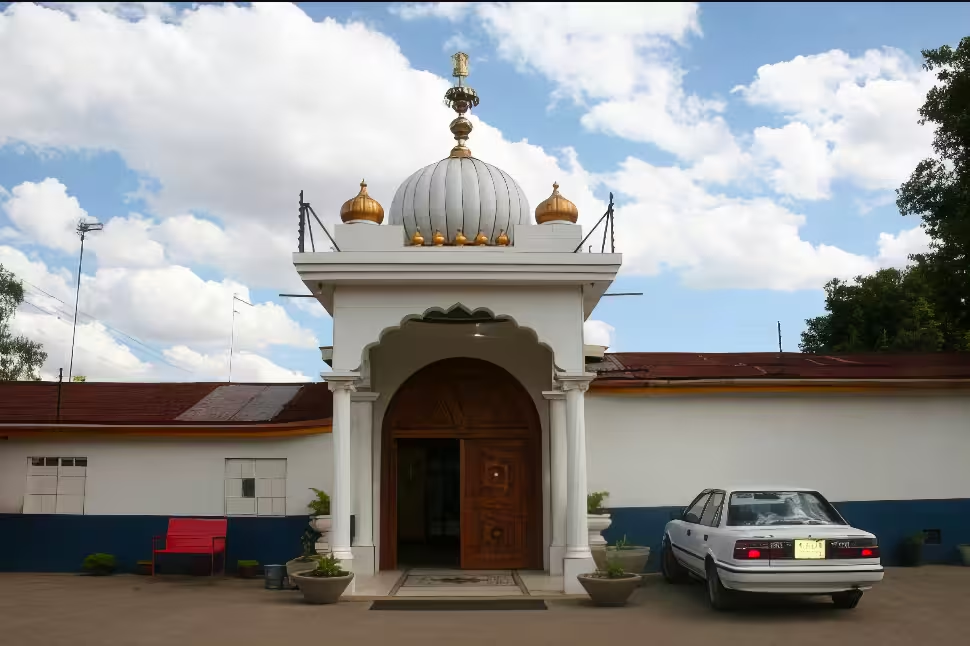
Not the Only Honorary Street Name
New York and other U.S. cities have long used honorary co-naming to recognize influential figures from diverse backgrounds. Examples include:
“Malcolm X Boulevard” — in Harlem, NYC, honoring the civil rights leader.
“Muhammad Ali Way” — in Louisville, Kentucky, and Chicago, Illinois.
“Nelson Mandela Way” — in several U.S. cities, celebrating the South African icon.
“Mother Teresa Boulevard” — in Detroit, Michigan.
“Dr. Martin Luther King Jr. Drive” — present in over 900 U.S. cities.
“Guru Nanak Way” — another Richmond Hill co-naming (2023), recognizing the founder of Sikhism.
Thus, naming streets after religious, cultural, or moral figures — even foreign ones — is a common civic gesture to highlight values of diversity, equality, and global citizenship.
in addition to Guru Teg Bahadur Ji Marg Way, the New York City Council approved the co-naming of 101st Avenue in Richmond Hill as “Punjab Avenue” to honor the city’s large Punjabi-Sikh population.
The resolution was passed in 2023 and celebrated in 2024 at the same intersection (101st Avenue and 111th Street) where several Sikh gurdwaras are located. The initiative was supported by Council Member Lynn Schulman and local community groups to mark the cultural contributions of the Punjabi community in Queens.
This move made Queens the first borough in the U.S. to have a street officially called “Punjab Avenue.” archives.nyc , cbsnews.com
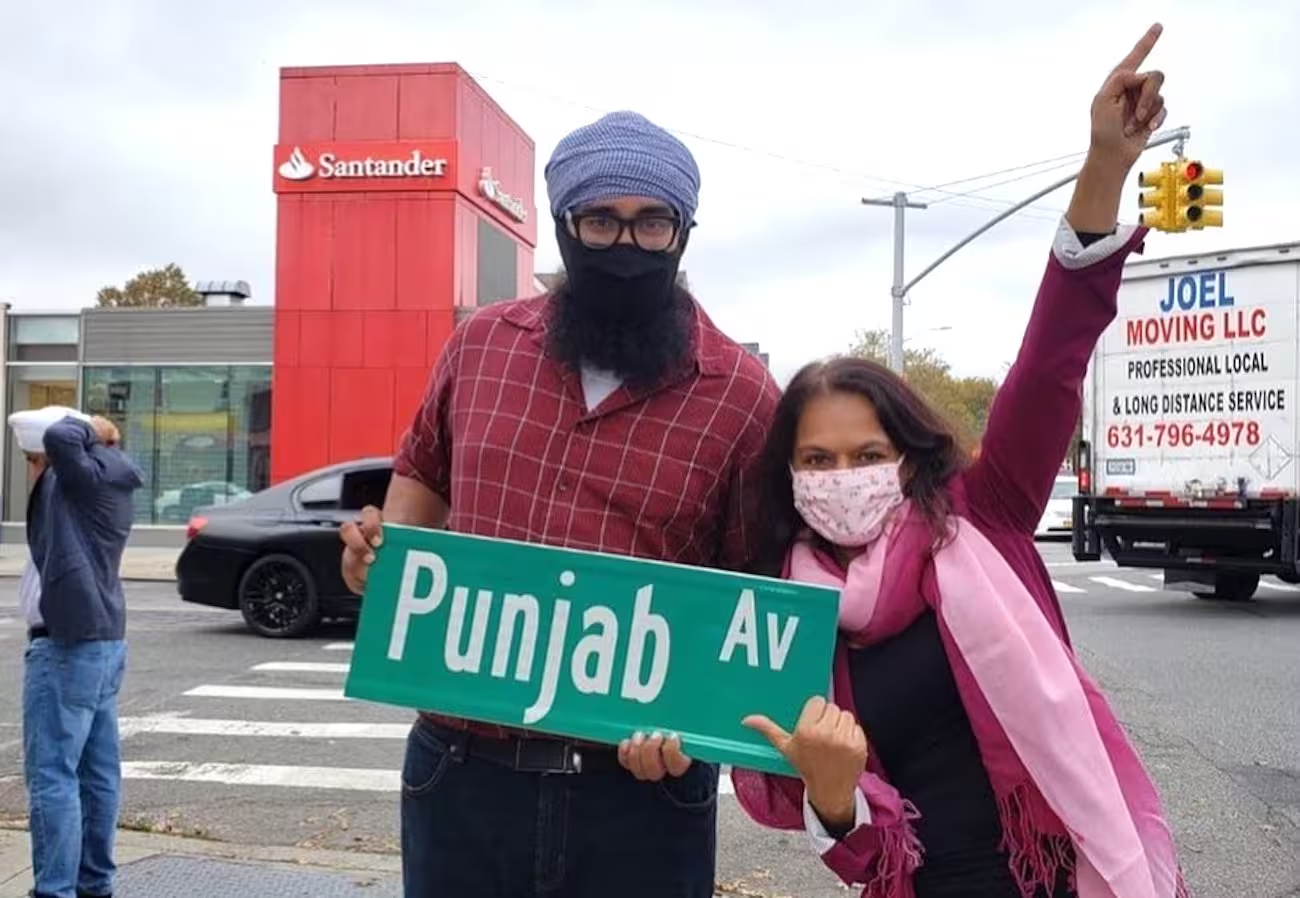
Mapping and GPS Integration
Since Guru Teg Bahadur Ji Marg Way is an honorary co-naming, the official street address remains unchanged (e.g., 114th Street & 101st Avenue).
However, Google Maps, Apple Maps, and OpenStreetMap have begun to reflect such co-names when they receive official data from the NYC Department of Transportation (DOT) and the U.S. Geological Survey’s Geographic Names Information System (GNIS).
As of late 2025, the co-name appears on some online map overlays and in navigation databases under “Guru Teg Bahadur Ji Marg Way / 114 Street”. This hybrid format ensures both postal accuracy and cultural recognition.
Why This Naming Matters
1. Recognition of Sacrifice and Values
For decades, Sikh immigrants have contributed to the economic, civic, and cultural life of New York. The naming celebrates their integration while honoring their spiritual heritage.
2. Representation of the Sikh Community
Guru Teg Bahadur’s universal message — defending freedom of religion for all — resonates with American ideals of liberty and justice. The co-naming affirms how Sikh ethics align with the moral foundations of a pluralistic democracy.
3. Education Through Public Space
Every street sign becomes an educational marker. Visitors may pause to ask, “Who was Guru Teg Bahadur?” — sparking awareness of Sikh history and sacrifice.
4. A Symbol of Multicultural America
Such co-namings demonstrate how the U.S. embraces its immigrant communities by recognizing their heroes. It reflects the idea that cultural diversity is not a challenge to American identity but a cornerstone of it.
Critique: Symbolic or Substantive?
Some critics argue that honorary names are often symbolic gestures with limited tangible impact — lacking integration into official systems or daily reference. Others question whether foreign historical figures, however revered, should be prioritized over local contributors.
Yet, the counter-argument is persuasive: moral and humanitarian legacies transcend geography. Guru Teg Bahadur’s story of sacrifice for universal human rights has a resonance that aligns perfectly with the spirit of the United States — a nation founded on freedom of belief.
Moreover, the act provides representation for minority narratives that have long remained invisible in Western public spaces. Symbolism, in this sense, becomes substance.
Conclusion
The co-naming of Guru Teg Bahadur Ji Marg Way in New York is more than a ceremonial tribute — it is a dialogue between cultures, between East and West, between moral courage and civic gratitude. It stands as a visible reminder that the message of Guru Teg Bahadur Ji — compassion, equality, and freedom of conscience — belongs not to one nation but to all humanity.
Just as Martin Luther King Drives dot the American landscape as beacons of equality, this small but significant street in Queens now carries the name of a man who gave his life defending the right of others to believe freely. In that shared moral ground lies the true justification for this honor